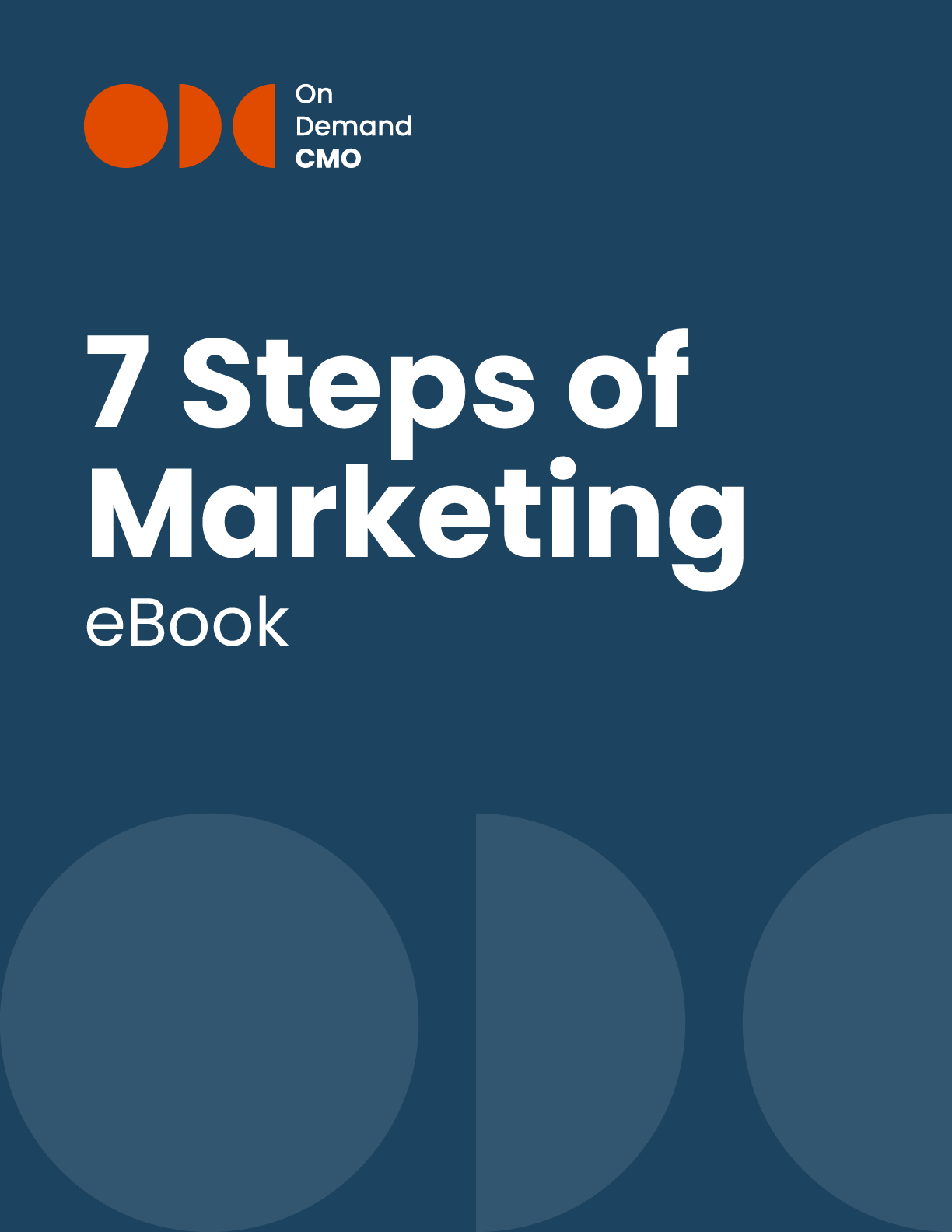
Differentiating yourself from your competition is essential to surviving and thriving in business. I know, easy to say, harder to do. Enter my friend, Kaihan Krippendorff, popular Fast Company blogger and CEO of Outthinker. In a recent presentation to the NJ Chapter of MENG (Marketing Executives Networking Group), he shared his thoughts on outthinking your competition: 8 areas for innovation.
According to Krippendorff, outthinkers are people and companies that consistently outperform their competitors in three areas: revenue growth, profitability, and value creation. To accomplish this, outthinkers implement disruptive innovation in at least one of the following eight areas: Positioning, Processes, Product, Price, Placement, Promotion, Physical experience, and People.
Let’s unpack these eight Ps and demonstrate what they look like in reality with a few quick case studies that will hopefully inspire you to find ways you can differentiate yourself from your competition:
Vistaprint: Vistaprint was founded by Robert Keane when he was unable to find a company that would sell high quality business cards inexpensively in small batches for a venture he was starting. Seeing an opportunity, he started VP and the rest is history.
The way VP did things differently than the big established printers was threefold: one, VP only offered cards in one size and on one type of paper, whereas, competitors offered a wide selection of both. This difference streamlined VP’s printing process and reduced costs. Two, VP positioned its product differently: instead of going after big companies, VP went after small businesses that might not otherwise be able to afford nice cards. Three, VP didn’t do face-to-face sales like the other guys. Instead, VP was online only. Rather than focusing on sales people and printing experts, VP loaded up on digital marketers to promote the website.
By implementing disruptive innovation across three of the Ps, VP has built a tremendously successful printing empire, with over 4,100 employees around the world.
Mango Money: Mango Money provides financial services to lower income populations—a socio-economic group that has historically been under-serviced and ripped off by the banking industry and its more shadowy counterparts (e.g. check cashers, pawn shops, etc.). Mango competes with the other guys by offering an inviting experience for the unbanked and treating them with respect.
Mango’s physical locations avoid the traditional bank trappings (tellers, lines, etc.) and the scariness of a check casher or pawn shop—instead, featuring self serve kiosks, bright lighting, seating, as well as refreshments in the lobby.
Coupled with the physical experience, is Mango’s main product: the Mango MasterCard Prepaid Card, which an affordable way to spend, receive, send, and manage money without a bank account and is very mobile-friendly.
The unbanked have often been treated poorly, and Mango is capitalizing on that by offering a respectful physical experience and a product that fits their needs.
Redbox: Redbox’s ubiquitous red boxes of DVDs for rent represent a disruptive innovation in place. Located in grocery stores, pharmacies, convenience stores, Redbox solved the problem of bringing people to them and instead, went where the people already are. This is why Redbox now controls more than 50% of the physical rental market.
Netflix: In its early days, Netflix had trouble competing with the big players in the movie rental business. Although Netflix’s mail order rental service was highly innovative for its time, Netflix couldn’t compete with the likes of Blockbuster (remember that store?) in traditional marketing because companies like Blockbuster had much larger marketing budgets. So Netflix didn’t. Instead, Netflix made arrangements with DVD player manufacturers to include coupons for a month of free service in DVD player packaging. This was a disruptive innovation in promotion in action and it helped Netflix compete with Blockbuster (and ultimately run them out of business).
Amazon: Online retail giant, Amazon, has a unique way to price its services: with Amazon Prime, users get free two-day shipping on purchases as well as access to Amazon’s large movie streaming library for an annual fee. Amazon competes with Netflix by using a different pricing model (annual instead of monthly) and bundling the streaming with free shipping so it is difficult to have an apples to apples comparison for the two companies’ services.
If you need a change in your organization, look for a P or two that you can change. Krippendorff offers a free tool on his website to gauge your company’s current innovation level. www.kaihan.net
VIDEO: https://www.youtube.com/watch?v=KrFsPWYG3OI

OnDemandCMO has authored 7 Steps of Marketing, the only marketing guide book you’ll need to either get your marketing started properly, or stay on track strategically.
It features best practices on branding, messaging, social media, lead generation and much in between.
Please let us know who you are, and we'll share a few of our secrets (we don't sell or trade your info)!